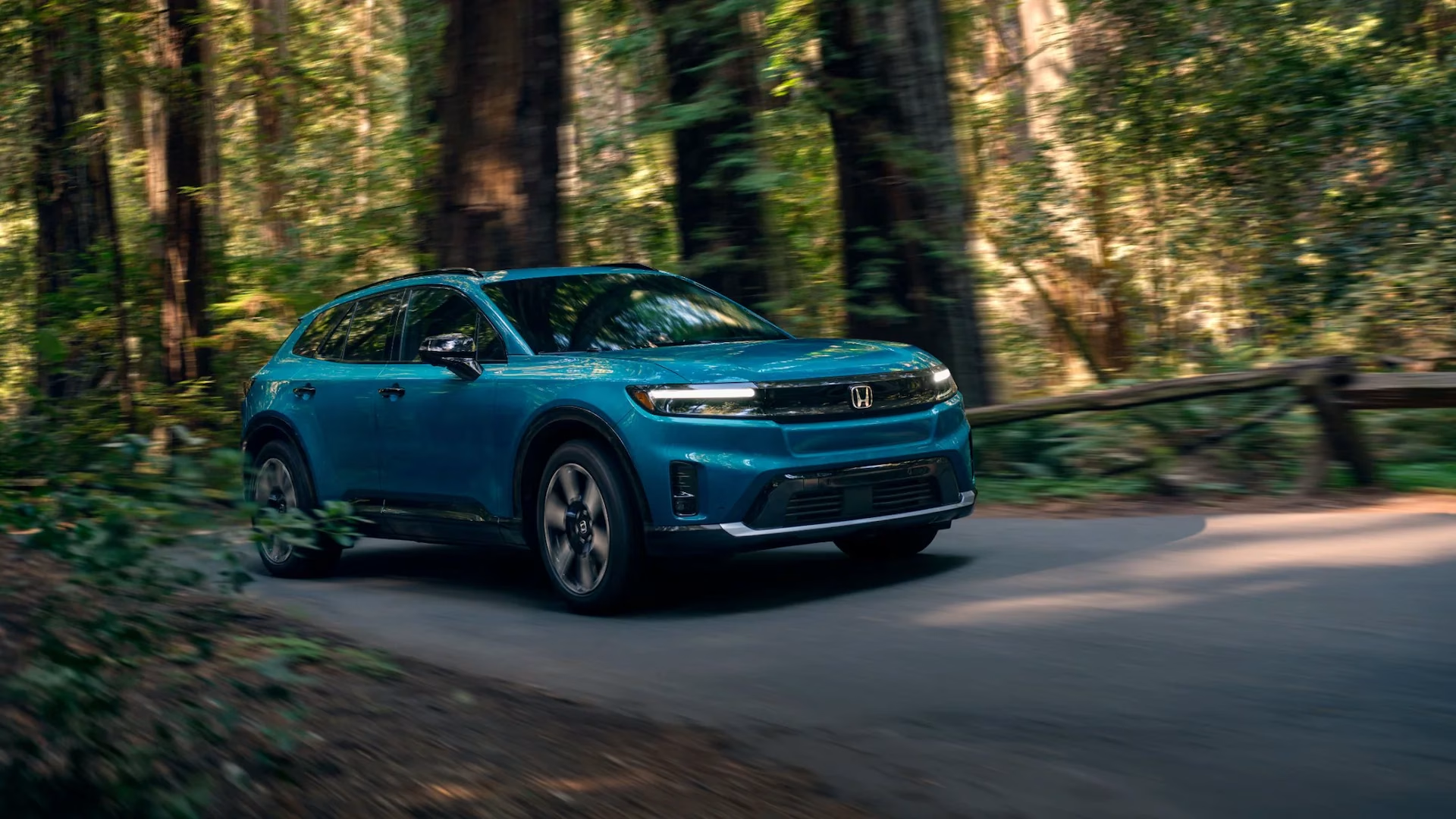Honda: A Legacy of Engineering and "The Power of Dreams"
Honda is a company with a soul, an automotive and mobility powerhouse driven by a deep-seated passion for engineering and innovation. For millions of Americans, the Honda badge is a symbol of trust, a promise of a vehicle that is not only impeccably built and famously reliable but also surprisingly fun and engaging to drive. From its humble beginnings to its status as a global leader, Honda's journey has been defined by a commitment to challenging conventions, a relentless pursuit of efficiency, and a belief in "The Power of Dreams."
The Genesis: From a Small Workshop to a Global Engine Maker
Honda was founded in 1948 in Hamamatsu, Japan, by the brilliant and charismatic engineer Soichiro Honda, alongside his business partner Takeo Fujisawa. The company began by producing small, efficient engines that could be attached to bicycles. This focus on engines quickly evolved into building world-class motorcycles, and by the 1960s, Honda had become the largest motorcycle manufacturer in the world. This deep expertise in high-revving, reliable engine design would become the cornerstone of its automotive division, which launched its first car, the T360, in 1963.
Core Philosophy: "Man Maximum, Machine Minimum"
Honda's core design and engineering philosophy is known as "Man Maximum, Machine Minimum." This principle prioritizes the space, comfort, and experience of the people inside the vehicle, while minimizing the space taken up by mechanical components. This has led to decades of vehicles that are surprisingly spacious and practical for their exterior size. The modern slogan, "The Power of Dreams," reflects the company's forward-thinking spirit and its ambition to create innovative mobility solutions that improve people's lives, from cars and motorcycles to jets and robotics.
Defining Moments and Iconic Achievements
Honda's history is a showcase of groundbreaking engineering and segment-defining vehicles.
- The CVCC Engine: In the 1970s, during the height of the oil crisis, Honda introduced the CVCC (Compound Vortex Controlled Combustion) engine in the Civic. This revolutionary engine was so efficient and clean that it met the strict U.S. Clean Air Act standards without needing a catalytic converter, a feat no other major automaker could achieve. This cemented Honda's reputation as a world-class engine builder.
- The VTEC Engine: The introduction of VTEC (Variable Valve Timing and Lift Electronic Control) in the late 1980s was a game-changer. This technology allowed an engine to have two different personalities: fuel-efficient and docile at low RPMs, and a high-performance screamer at high RPMs. VTEC became a legendary name among enthusiasts and a symbol of Honda's performance DNA.
- The Accord and Civic: For decades, the Accord and Civic have been perennial best-sellers in America. They consistently set the benchmark for their respective segments, offering an unmatched blend of reliability, efficiency, safety, and a fun-to-drive character.
- The NSX Supercar: The launch of the original Acura NSX in 1990 was a seismic event. It was an all-aluminum, mid-engine supercar that was as reliable and easy to drive as an Accord, proving that exotic performance didn't have to come with compromises.
Honda's Modern Market Position: The Engineering-First Brand
Today, Honda stands as a titan of the automotive industry, renowned for its diverse lineup of high-quality cars, trucks, and SUVs that appeal to a wide range of practical and enthusiastic buyers.
Vehicle Lineup and Target Audience
Honda's lineup is strategically focused and highly effective:
- SUVs & Crossovers: The heart of the modern brand, featuring the massively popular CR-V and HR-V, the 3-row family-hauling Pilot, and the rugged Passport.
- Sedans & Compacts: The iconic and benchmark-setting Civic and Accord.
- Trucks & Minivans: The innovative Ridgeline pickup and the family-favorite Odyssey minivan.
- Electrification: A growing lineup of advanced hybrids across its core models, led by the CR-V Hybrid and Accord Hybrid, and the all-electric Prologue.
The brand's target audience is the intelligent, practical consumer who values long-term reliability and safety but also appreciates a vehicle that is well-engineered and enjoyable to drive.
Key Differentiators and Competitive Advantages
Compared to its primary rivals, Toyota and Hyundai, Honda's key differentiators are:
- Fun-to-Drive Character: Honda has always prioritized driving dynamics. Even its most practical vehicles, like the CR-V and Odyssey, are often praised for their sharp handling and responsive feel.
- Engineering Prowess: The brand has a well-earned reputation for brilliant and often unconventional engineering solutions, from its engines to its innovative "Magic Seat" in the Fit.
- Bulletproof Reliability: Alongside Toyota, Honda is the benchmark for long-term durability and quality, leading to incredibly high owner loyalty and strong resale values.
